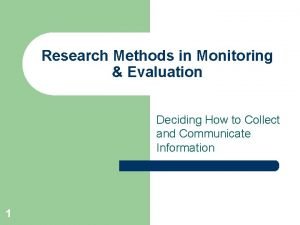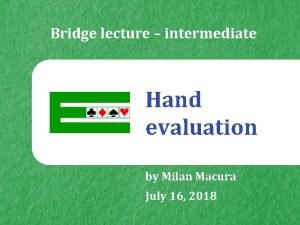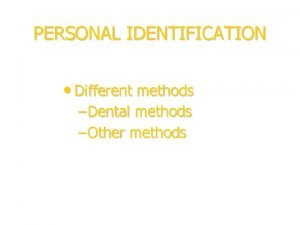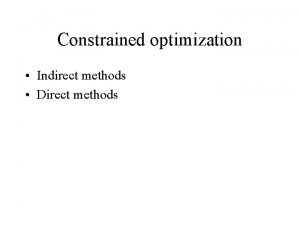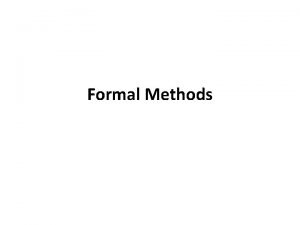Process Evaluation M E Methods Process Evaluation PE









- Slides: 9

Process Evaluation M & E Methods

Process Evaluation (PE) PE aims at enhancing a program to understand if it’s functioning as intended. It’s a stand alone evaluation that gives an overall picture of program performance. PE evaluates: Process areas: Inputs, Activities, Outputs Whether or not something is wrong in process areas How to fix it What needs to be improve

Key Purpose & Objectives PE seeks to correct a program’s deficiencies Highlights challenges in original program design Is problem solving oriented Is used to make organizational change if needed M&E: helps to improve operational process to attain better outcomes Project cycle: fits in Planning, Designing, Implementation

Alignment with M&E Principles Evaluation activities in partnerships—allows stakeholders to see process of how outcome/impact were achieved Indicators aligned to measure outputs, outcomes, impacts—results determine the strengths/weaknesses of the operational process Relevant results disseminated to people that can use it

Type of M&E Needs PE Meets Provides information on how program’s outcomes/impact were achieved per operational process Provides information on areas of operational process that need improvements Constraint Weak original program design, will most likely not yield adequate information to know best way to intervene

PE’s Strengths Gives evidence to what is/what isn’t working Facilitates change in operational process Effective in improving outcome/impact PE’s Weaknesses Use of many types resources to get data (surveys, focus groups, agency records, direct observations, etc. ) Time consuming

Appropriate Context When program doesn’t deliver expected outcomes With positive outcomes; PE can help attribute results on specific components When services are not delivered effectively to targeted beneficiaries Examine organizational function— if program is well organized, how staff works together, productivity, competence

PE in Village Context If a program doesn’t deliver as planned Interview program beneficiaries Conduct focus groups to evaluate areas of improvement in operational process

References Marist School of Management: https: //www. youtube. com/watch? v=IGNjfe. Hu. C 00 http: //tsne. org/process-evaluation-vs-outcome-evaluation http: //www. who. int/roadsafety/projects/manuals/seatbelt/ seat_belt_manual_module_5. pdf http: //tsne. org/process-evaluation-vs-outcome-evaluation Busjeet, G. World Bank. Planning, Monitoring, and Evaluation








